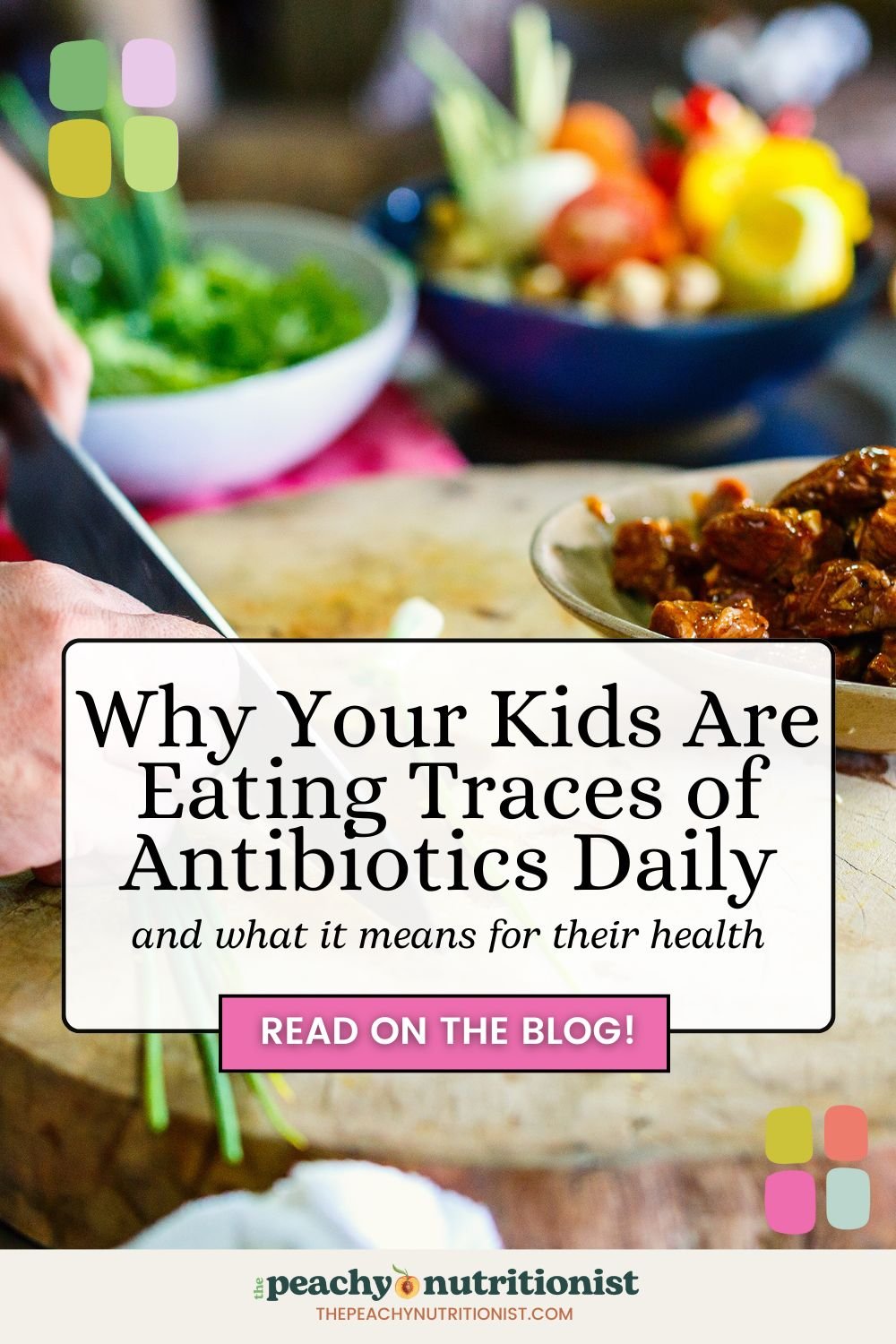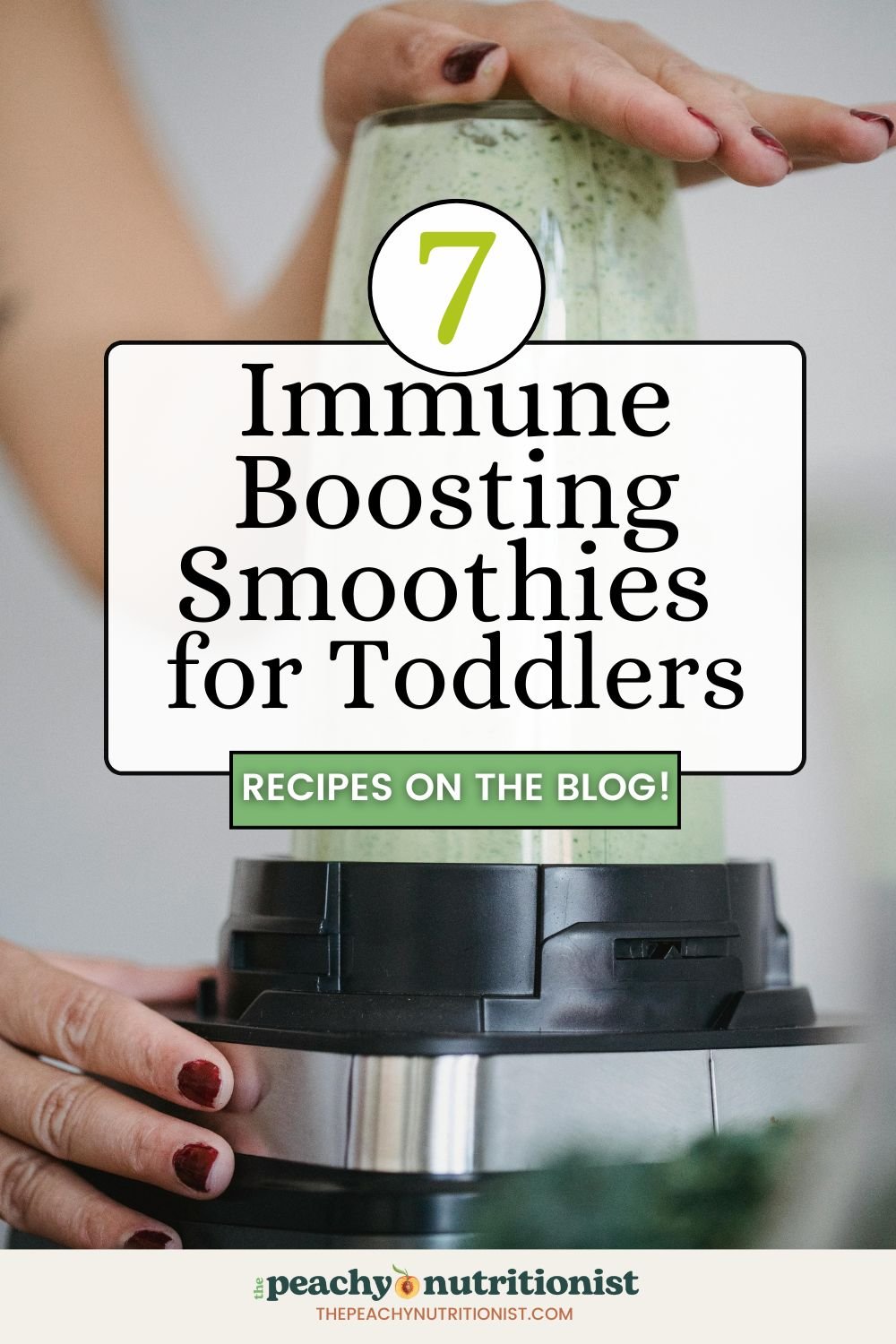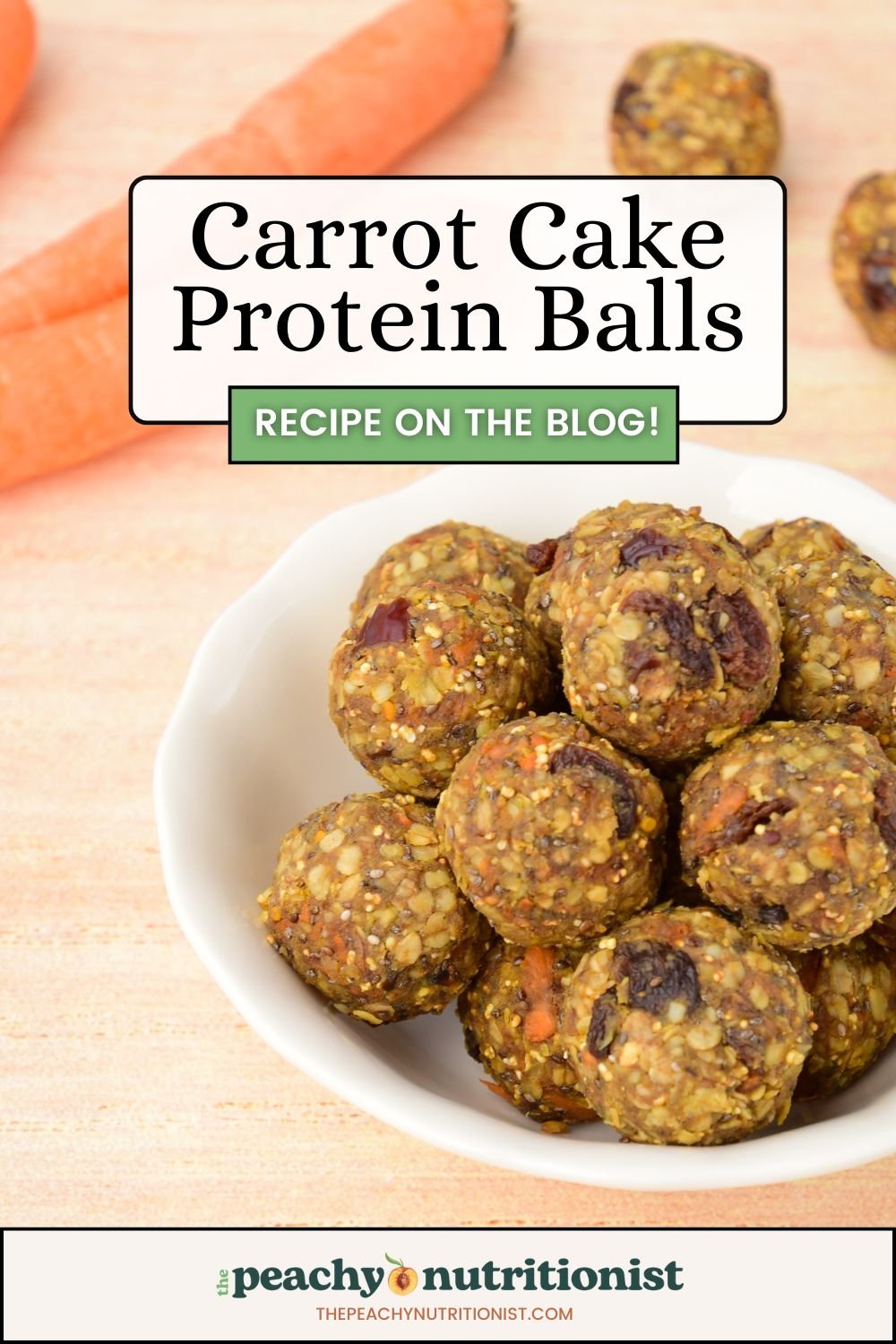Must- Know Natural Remedies for Constipation in Toddlers & Kids: A Mom’s Guide
This article may contain affiliate links (which basically means if you buy something from a link on my site, I get a small percentage kickback from it.) However it’s no extra cost to you and it simply helps support this blog. Thank you so much for being here! I so appreciate you and hope you enjoy reading my articles!
Let’s talk about something that every mom of toddlers and young kids faces at some point but doesn’t get nearly enough attention: constipation. If you’re currently in the trenches of toddlerhood, dealing with a little one who’s backed up and cranky, you know how frustrating it can be—for both you and your child.
Constipation in kids is super common, but that doesn’t make it any less stressful when your child is uncomfortable, refusing to go, or worse, holding it in. So, what can you do? Before reaching for over-the-counter remedies, there are natural solutions that can make a big difference.
As a functional nutritionist (and fellow mom!), I’ve been there, and I’m here to offer practical, natural remedies that actually work and are gentle on your child’s growing body.
Why Do Kids and Toddlers Get Constipated?
First, let’s understand why constipation happens in the first place. Kids and toddlers get constipated for a variety of reasons:
Diet: Low fiber intake or too much processed food (hello, Goldfish crackers!) can slow things down.
Dehydration: Toddlers especially forget to drink water, which is crucial for healthy digestion.
Holding It In: Kids sometimes hold it in when they’re scared of using the potty or have had a painful experience before.
Change in Routine: Traveling, starting school, or switching up their schedule can lead to constipation.
Understanding the root cause can help you find the best remedy for your child.
How to Tell if Your Kid is Constipated
Kids aren’t always the best at telling us what’s wrong, especially when it comes to something as uncomfortable as constipation. So, how do you know if your child is constipated? Here are a few signs to watch for:
Hard, dry stools: If your child’s poop looks like little pebbles, it’s a clear sign of constipation.
Infrequent bowel movements: Kids should ideally be going to the bathroom every day. If it’s been more than two days without a poop, constipation could be the culprit.
Straining or pain: If your child seems uncomfortable or in pain when they’re trying to go, they might be constipated.
Bloating or belly pain: Some kids will complain about their stomach hurting or might even look a bit bloated.
Soiling (Encopresis): In severe cases, constipation can lead to accidents in their underwear because stool is leaking around the blockage.
Causes of Constipation in Kids
There are several reasons why your child might be dealing with constipation:
Avoiding the urge to go: Some kids avoid pooping, especially if they’re nervous about using the potty or have had a painful experience before.
Discomfort or embarrassment: Older kids, especially at school, might feel uncomfortable asking to go to the bathroom, which can lead to holding it in.
Interrupting playtime: Sometimes, kids are so caught up in their activities that they ignore the need to go.
Not drinking enough fluids: Dehydration is a common cause of constipation because the body needs water to soften stools.
Medications and supplements: Certain medications, like some iron supplements, can cause constipation.
A diet low in fiber: Processed foods with low fiber content can slow digestion.
Not enough movement: Physical activity helps keep things moving through the digestive system.
1. Increase Fiber Intake (But Do It Right)
We hear all the time that fiber is key for digestion, but for toddlers, it’s not always as simple as adding a spoonful of oatmeal to their breakfast. Fiber needs to be introduced in a way that’s gentle and effective, especially if they’re not used to it.
Here are some fiber-rich foods that are great for little tummies:
Berries: Add a handful of blueberries or raspberries to their morning yogurt or snack. They’re high in fiber and easy for most kids to eat.
Apples (with skin on): If your kiddo isn’t a fan of eating the skin, try blending an apple into a smoothie with the skin on—it’s an easy way to sneak in that extra fiber.
Peas and Carrots: Toss some steamed peas and carrots into their lunch or dinner. These are usually more kid-friendly veggies that add some fiber without the fuss.
Start slow, though. Too much fiber too quickly can backfire and lead to gas or bloating, making constipation even worse. Aim to gradually increase their intake.
How Much Fiber Do Kids Need?
Fiber is essential for regular bowel movements, but how much does your child actually need? A good rule of thumb is age + 5 grams of fiber per day. So if your child is 4 years old, they should aim for around 9 grams of fiber daily. Fiber-rich foods like fruits, veggies, whole grains, and legumes are great options.
2. Hydration is Key
If your child is constipated, the first question I always ask moms is, How much water are they drinking? Dehydration is one of the most common causes of constipation, especially in busy toddlers who may not realize they’re thirsty until it’s too late.
Here’s how you can sneak more fluids into their day:
Watered-down Juice: If your kid isn’t a fan of plain water, try watering down their favorite juice (apple or pear juice is great for constipation). It’s a win-win because they’ll drink more while cutting down on sugar.
Fun Water Bottles: Sometimes all it takes is a cool, new water bottle with their favorite character on it to get them excited about drinking water. You’d be amazed how many extra sips they’ll take!
Soup or Broth: Adding a warm bowl of soup or broth to meals not only provides hydration but also fiber and nutrients from veggies.
3. Prunes and Pears – Natural Laxatives
These two fruits are like magic when it comes to constipation. Prunes are a classic, but pears work really well too, especially for kids who may not be into the texture of prunes.
Here’s how to incorporate them:
Prune Smoothie: If your child doesn’t like eating prunes on their own, blend them into a smoothie with some banana and a little bit of almond milk. It makes for a naturally sweet, fiber-packed drink.
Puréed Pears: You can buy puréed pears or make your own by blending fresh, ripe pears. Serve them with a little cinnamon for a yummy treat that helps get things moving.
4. Move That Body!
Sometimes constipation happens simply because kids aren’t moving enough. Physical activity helps stimulate the digestive system, so if your child has been sitting or inactive for long stretches of time (like during a long car ride or at school), it might slow down their digestion.
Some fun ways to get your toddler moving:
Dance Party: Put on their favorite songs and dance around the living room. Even just 10-15 minutes of movement can help get things moving!
Toddler Yoga: There are some great kid-friendly yoga videos on YouTube that can help with digestion and even calm their nerves if they’re anxious about going to the bathroom.
5. Massage and Tummy Time
If your child is struggling with constipation, a little tummy massage can work wonders. It helps stimulate the digestive tract and encourages bowel movements.
Here’s how to do it:
Lay your child down comfortably and gently rub their belly in a clockwise motion. This follows the natural flow of the digestive system.
You can also try the “I Love You” massage, where you trace the shape of an “I,” then an “L,” and finally a “U” on their belly. It’s soothing and can relieve some of the discomfort they’re feeling.
Make this a calming bedtime routine, and it may even help with sleep!
6. Magnesium-Rich Foods or Supplements
Magnesium is a natural muscle relaxant, which can help relax the intestinal muscles and make bowel movements easier. You can find magnesium in foods like:
Leafy Greens (like spinach and kale)
Nuts (try some almond butter on toast)
Bananas
If your child is really struggling and food alone isn’t cutting it, you can also try magnesium supplements designed for kids. Just be sure to talk with your pediatrician before adding any supplements to your child's routine.
7. Probiotics for Gut Health
Healthy digestion starts with a healthy gut, and probiotics can play a big role in keeping things regular. If your child is dealing with frequent constipation, it might be time to introduce more probiotics into their diet.
Here’s how:
Yogurt with Live Cultures: A simple, kid-friendly way to add probiotics. Just make sure to choose one with live active cultures and low sugar content.
Probiotic Supplements: There are chewable, kid-safe probiotics available, which can help promote a healthy balance of gut bacteria. This can make a big difference for kids prone to digestive issues.
8. Avoid Processed Foods and Dairy Overload
For some kids, constipation might be caused by too much processed food or dairy. Snacks like crackers, cheese sticks, or processed cereals don’t offer much fiber and can slow digestion. If your child is eating a lot of these foods, it might be time to switch things up.
Try replacing some of these snacks with healthier options:
Swap out cheese sticks for veggie sticks and hummus.
Replace crackers with whole grain options or even air-popped popcorn.
If you suspect dairy might be contributing to constipation, try cutting back and see if things improve. You don’t have to eliminate it entirely, but reducing intake can help, especially for kids with sensitivities.
Chronic or Severe Constipation in Kids
If your child’s constipation lasts for more than a week, or if they’re experiencing severe discomfort, it’s important to consult a healthcare provider. Chronic constipation can lead to issues like encopresis (soiling) or painful bowel movements, which may make your child more resistant to going in the future.
Try These Natural Remedies for Constipation in Toddlers!
Constipation can be tough to deal with as a mom—it’s uncomfortable for your child and stressful for you. But the good news is, there are plenty of natural remedies you can try to get things moving, and most are simple, easy changes that you can implement today.
If you’re in the thick of it right now, don’t lose hope! Remember that kids’ digestive systems can be sensitive, and what works for one child might not work for another. The key is to be patient, consistent, and gentle with their little bodies.
As always, if you’re concerned or if constipation persists, don’t hesitate to reach out to your pediatrician for further advice.
Join the Nourished Family Academy Course Today & Take Charge of Your Family Wellness!
You want the best for your family, but between the endless nutrition advice, confusing labels, and picky eaters, it’s easy to feel overwhelmed and stuck. You know how important it is to provide your kids with real, nourishing foods, but where do you even begin? Imagine feeling confident in every choice you make—knowing you’re giving your family the tools to grow, thrive, and avoid the health struggles that so many face today.
With the Nourished Family Academy Course, you’ll get step-by-step guidance, expert tips, and practical solutions to create a balanced, healthy lifestyle for your family. No more confusion or guilt around meals—just simple, effective strategies that work for busy moms like you, trying to support family wellness for now and for generations to come. Picture your mornings filled with easy, nutritious breakfasts and your evenings free from battles at the dinner table, knowing you’re setting the foundation for lifelong wellness for your kids.
Ready to make this change for your family? Click here to get on the waitlist or enroll now, and start your journey towards a healthier, happier home!
Bailey Petrucelli is a Women’s & Family Nutritionist and wellness advocate, passionate about helping moms and families take charge of their health. On her blog, The Peachy Nutritionist, she shares practical tips, empowering holistic wellness information, nutritious recipes, and real-life wellness strategies to empower moms to create a healthy and balanced lifestyle for their families.































Need ideas for healthier Valentine’s Day candies for kids? Check these out! Links included!